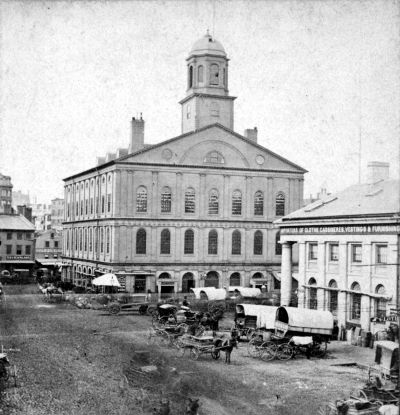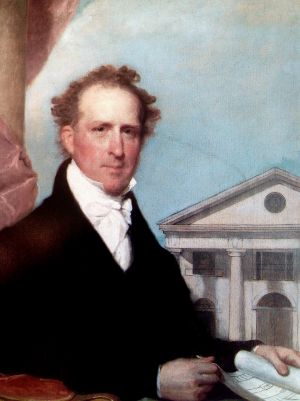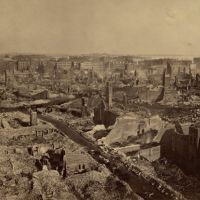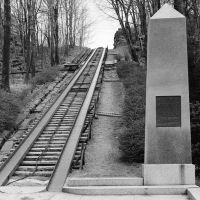Primary Source
A "NEW" 1826 MARKET JOINS BOSTON'S DOWNTOWN REVIVAL
The blending of old and new was typified today in the opening of the first stage of the long awaited Faneuil Hall marketplace project. The area, called Dock Square, was the city's marketplace from its beginning, where the ships unloaded their cargo and the farmers brought their produce.
. . .The effect is carefully calibrated to appeal largely to the young and the affluent who characterize the downtown area and whom the city needs to survive – a kind of Bloomingdales sensitivity prevails. The shops will be like the kind now found among the Back Bay boutiques, at Harvard Square and in the shopping mall in suburban Chestnut Hill.
. . . The day was a kind of celebration of the city. . . . When Mayor Kevin White was asked about protection from purse snatchers, he snapped: "If you are worried about handbag snatchers, you can live in the Berkshires!"
. . . Bagpipers wailed, steel bands played on, and actors dressed up as vegetables. Harry J. McCue, whose family has sold vegetables at the marketplace for 40 years, looked at the crowds happily and said, "It's the city, it's the people's place."
New York Times , August 27, 1976







